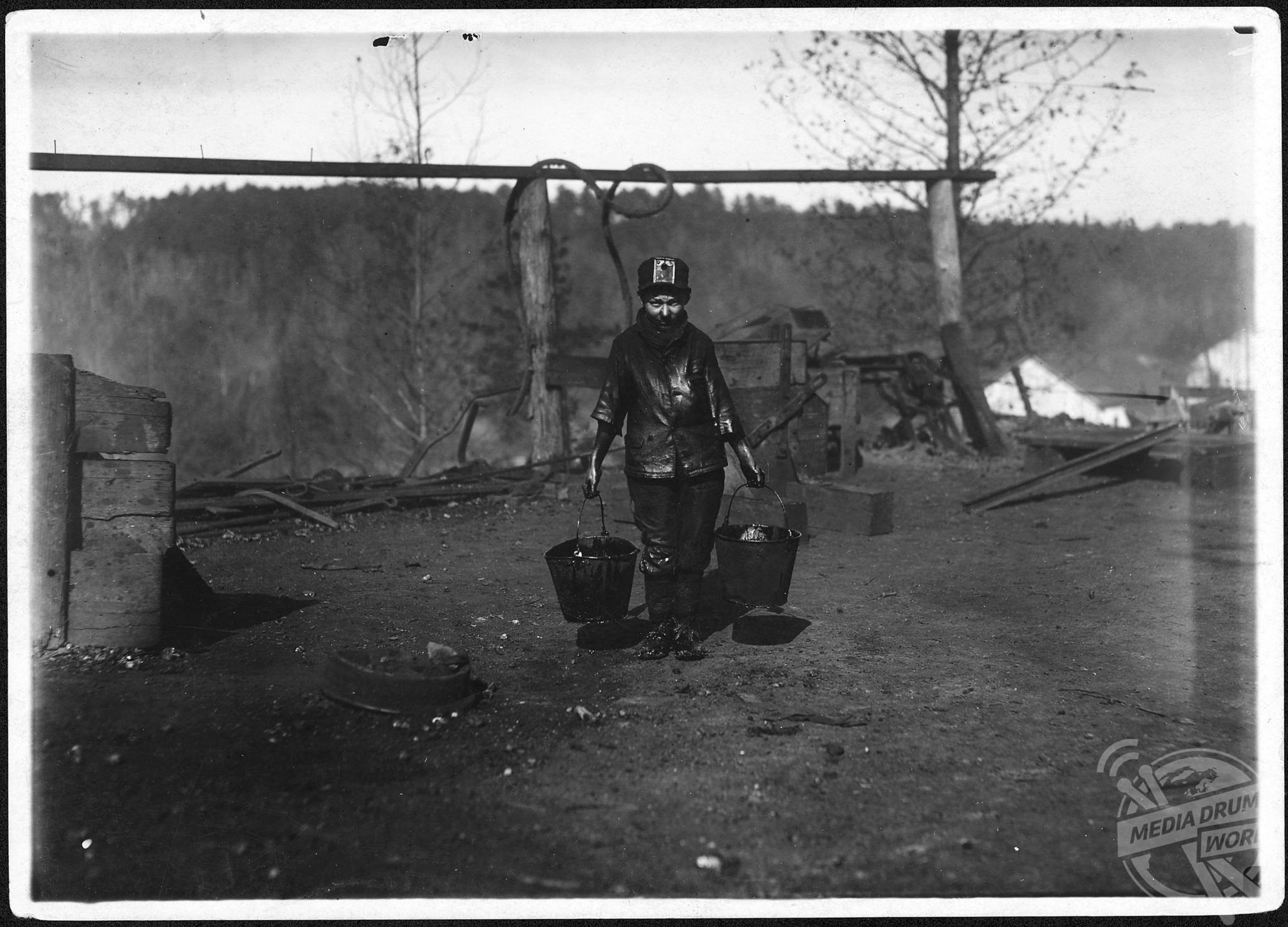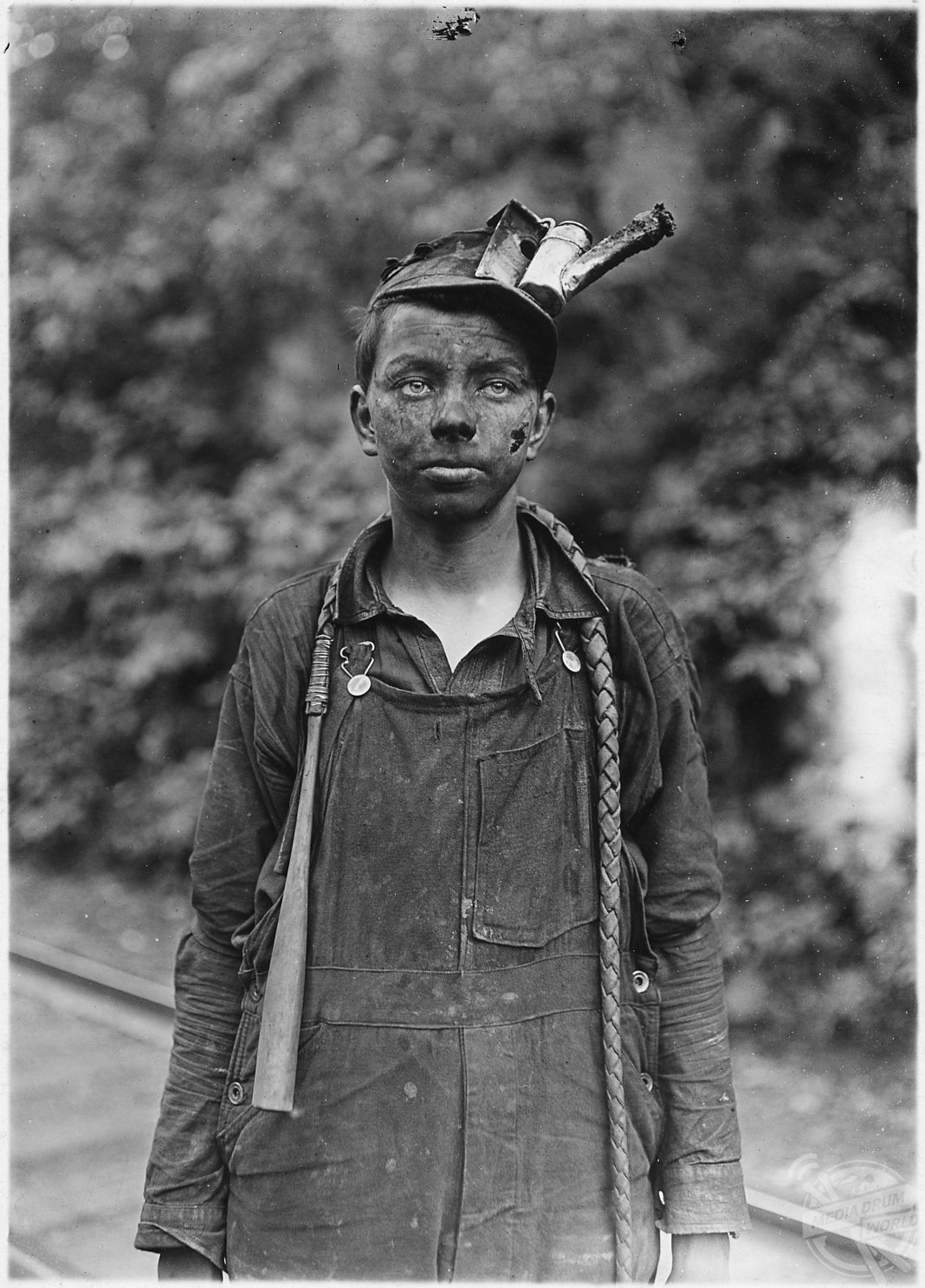By Alex Jones
HEART-BREAKING images show children as young as FOUR toiling away in squalid and dangerous conditions for just SEVENTY-SEVEN-PENCE a week.
Shucking oysters with sharp knives and tiny hands. Lugging bucketloads of grease whilst dodging speeding wagons. Picking their way through the dirt and decay looking for saleable trinkets in a nearby dump.
Grim photos show children, practically all of them pre-teen, working their fingers to the bone in these distressing images captured by photographer, Lewis Hine, circa 1910. Rather than exploring their surroundings or playing with other youngsters their own age, these century-old photos show the brutal reality some children faced at the start of the 20th century.

“I ain’t very fast only about five boxes a day. They pay about five [cents] a box,” states 9-year-old Hiram Pulk, who worked in a sardine canning factory in Maine in 1911, in the original caption of Hine’s photo. Bare-footed and drenched in fish guts, Hiram stares dolefully towards the camera.
It was not until 1938 that the USA brought in legislation surrounding child labour – almost 140 years after the UK introduced their own law on children at work – with many youngsters held back from going to school in order to help support their struggling families. They were forced to work in factories, on farms, or mills, rubbish dumps, or fishing vessels which left little or no time for education or recreational activities.
The images, which have been released by the Library of Congress in Washington DC, form part of Lewis Hine’s ‘Progressive Era’ collection. Perhaps best known for his photographs of the construction workers who helped build the Empire State Building in 1930, Hine was also a fierce social reform advocate. In 1908, the then-sociology professor was hired by the National Child Labor Committee to document how young children were working in cotton mills and coal mines.

Over a decade he took thousands of photographs that helped convince US lawmakers to introduce new industrial regulations to protect children.







